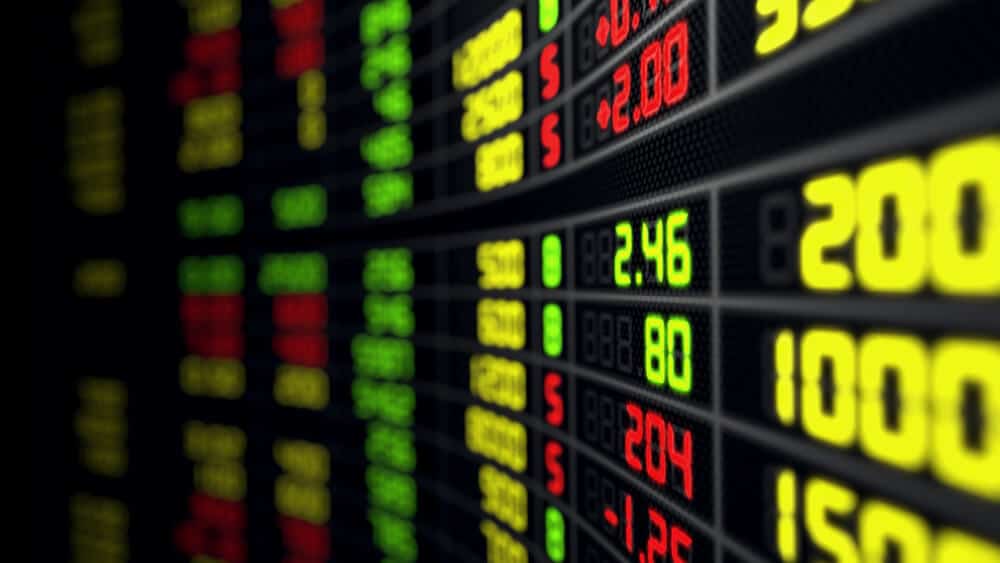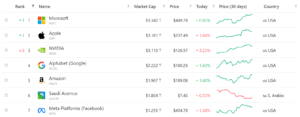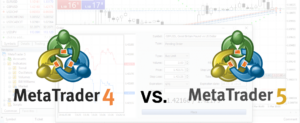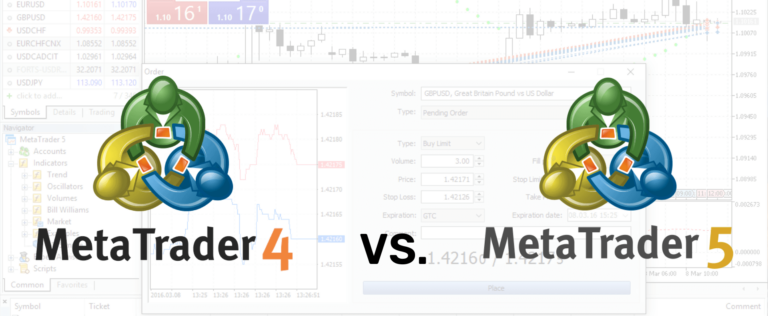The world of trading is known for its fast-paced nature, and it has a niche that attracts individuals with a taste for adrenaline and quick thinking. This particular niche is intriguing, and it requires traders to make fast decisions and act upon them promptly: Boom and Crash indices. If you’re intrigued by navigating through rapid market movements and seizing opportunities within short time frames, you’re in for a treat. In this article, we will explore Boom & Crash indices, examining their complexities and effective trading strategies to help you navigate this market.
Table of contents:
- What Are Boom & Crash Indices?
- Trading Dynamics of Boom & Crash Indices
- Strategies for Boom & Crash Trading
- Essential Tools for Boom & Crash Trading
- Pros and Cons of the Boom & Crash Strategy
Key takeaways:
- Boom & Crash indices are synthetic trading instruments that mimic rapid price spikes and crashes, offering high volatility and profit potential within short time frames.
- Trading these indices requires quick decision-making, risk management skills, and the ability to leverage technical analysis tools like charts, indicators, and patterns.
- Popular strategies include trend following, mean reversion, breakout trading, and scalping – each with its own approach to capitalizing on the extreme price movements.
- Essential tools for Boom & Crash trading include robust charting software, technical indicators like RSI and MACD, news feeds, and strict risk management practices.
- While highly profitable opportunities exist, Boom & Crash trading also carries significant risks due to the unpredictable and volatile nature of these markets. It requires experience, discipline and a high risk tolerance.
- The allure lies in the potential for quick, sizeable returns by accurately timing entries/exits around the pronounced price spikes and crashes characterizing these indices.
What Are Boom & Crash Indices?
Before going into trading strategies, let’s understand the Boom and Crash indices. These indices are synthetic instruments offered by specific brokers, designed to mimic the price movements of real-world markets. However, they come with a twist—instead of following traditional market patterns, Boom and Crash indices offer accelerated price action characterised by rapid spikes and sudden crashes.
The Boom and Crash strategy revolves around trading based on spikes occurring at regular intervals within the Boom 1000, Boom 500, Crash 1000, or Crash 500 Indexes. Traders aim to capitalise on these sharp price movements within specific time frames.
In both the Crash 1000 and Crash 500 Indexes, there’s an observable pattern of average price drops occurring within 1000 and 500 ticks, respectively. Conversely, the Boom 1000 and Boom 500 Indexes typically exhibit spikes in the price series within the same time frames.
When trading within these indices, it’s important to note that the default action in the boom market is selling, whereas in the crash market, it’s buying. However, there are exceptions to these defaults.
In instances where the boom market buys, it tends to do so with long bullish spikes, indicating strong upward momentum. Conversely, when the crash market sells, it often exhibits long bearish spikes, signalling significant downward pressure.
The allure of Boom and Crash trading lies in its intense volatility, which presents opportunities and risks for traders. Unlike traditional markets influenced by fundamental factors and macroeconomic trends, Boom and Crash indices operate where technical analysis takes centre stage and quick decision-making is paramount.
Trading Dynamics of Boom & Crash Indices
Trading Boom and Crash indices are not for the faint of heart. Picture this: wild price swings, rapid spikes, and sudden crashes, all unfolding within minutes. In an environment where emotions run high, split-second decisions can have significant consequences.
To navigate this dynamic market successfully, traders must grasp the underlying dynamics driving Boom and crash indices. While traditional markets rely on fundamental analysis, Boom and Crash trading revolves around technical analysis. Traders analyse price charts, identify patterns, and execute trades based on technical indicators and chart patterns.
Successful Boom and Crash traders exhibit discipline, composure, and adaptability. They anticipate market movements, react swiftly to changing conditions, and adhere to strict risk management principles to protect their capital in the face of extreme volatility.
Strategies for Boom & Crash Trading
There’s no one-size-fits-all approach to trading Boom and Crash indices. Traders employ various strategies tailored to their trading style and risk tolerance. Here are some popular methods used by Boom and Crash traders:
1. Trend Following: This trading strategy is based on identifying the current market trend, whether bullish or bearish and then taking advantage of the momentum until it reverses. Traders analyse price movements and open positions toward the trend to profit.
2. Mean Reversion: Unlike trend following, the mean reversion strategy relies on the concept that prices revert to their mean over time. Traders look for extreme price movements—such as rapid spikes or crashes—and bet on a reversal back to the mean. This strategy requires patience and precise timing but can be profitable in volatile markets.
3. Breakout Trading Strategy: Breakout trading is a strategy that focuses on identifying and capitalising on sudden price movements in the market. This approach involves monitoring the price of a security as it approaches a key level of support or resistance. Once the price breaks through this level, traders will enter a position in the direction of the breakout, hoping to profit from the subsequent price movement.
4. Scalping: Scalping is a short-term trading strategy that capitalises on small price movements. Traders enter and exit positions quickly, often within seconds or minutes, aiming to capture small profits from rapid price fluctuations. Scalping requires fast execution, tight spreads, and a high concentration level.
Regardless of the strategy employed, risk management is paramount in Boom and Crash trading. Traders should always use stop-loss orders to limit potential losses and avoid overleveraging their positions, given the extreme volatility of these indices.
Essential Tools for Boom & Crash Trading
To navigate the fast-paced Boom and Crash trading world effectively, traders need access to the right tools and resources. Here are some essential tools every trader should consider:
1. Charting Software: Robust charting software is essential for analysing price action and identifying critical support and resistance levels. Traders rely on candlestick charts, trendlines, and technical indicators to make informed trading decisions.
2. Technical Indicators: One-way traders can analyse market momentum and determine potential entry and exit points using moving averages, the Relative Strength Index (RSI), and the Moving Average Convergence Divergence (MACD). These indicators can offer valuable insights into market trends and help traders confirm their trading signals.
3. News Feeds: While Boom and Crash indices are primarily driven by technical factors, staying informed about market news and events can provide valuable context and insight into potential market-moving catalysts. Traders should monitor economic indicators, central bank announcements, and geopolitical developments that could impact market sentiment.
4. Risk Management Tools: Risk management is crucial in Boom and Crash trading to protect capital and preserve profits. Traders should use stop-loss orders to limit potential losses and employ proper position-sizing techniques to manage risk effectively. Additionally, traders should avoid overleveraging their positions and maintain a disciplined approach.
Pros and Cons of the Boom & Crash Strategy
Pros
1. High-Profit Potential: The notable volatility within the Boom and Crash markets presents traders with opportunities for substantial profits. Rapid price movements offer the potential for significant gains in a short amount of time.
2. Capture of Bullish or Bearish Spikes: The strategy enables traders to capitalise on long bullish or bearish spikes, providing avenues for sizable returns. Identifying and trading these spikes can lead to profitable outcomes.
3. Quick Returns: With short trading timeframes inherent in Boom and Crash markets, traders have the potential to realize quick returns on their investments. This rapid turnover allows for the efficient utilisation of capital and the generation of immediate profits.
Cons
1. High Risk of Losses: While the high volatility can yield substantial profits, it also exposes traders to significant risks. The same rapid price movements offering profit potential can result in considerable losses if trades are not executed cautiously.
2. Unpredictable Price Movements: The extreme volatility of Boom and Crash markets can make price movements highly unpredictable. This unpredictability makes it challenging for traders to anticipate market behaviour accurately, increasing the risk of losses.
3. Complexity for Inexperienced Traders: The unique characteristics of Boom and Crash markets, including their rapid pace and exaggerated price movements, can pose challenges for inexperienced traders. Understanding and effectively navigating these markets require expertise and experience that novice traders may need to gain.
Conclusion
Boom and Crash trading offers traders a thrilling experience of intense volatility and rapid market movements. While the potential rewards can be significant, the risks are also involved. Traders must approach this market cautiously, with a solid understanding of the underlying dynamics and effective trading strategies.
Success in Boom and Crash trading requires skill, discipline, and risk management. By mastering technical analysis, employing sound trading strategies, and utilising the right tools and resources, traders can navigate the challenges of this dynamic market and capitalise on its lucrative opportunities.
Remember, Boom and Crash trading is not for everyone. It requires a high tolerance for risk, a strong stomach for volatility, and a willingness to adapt to changing market conditions. But the rewards can be worth the journey for those who dare to venture into this exhilarating world. So, buckle up, stay focused, and may your trades be prosperous. Happy trading!















